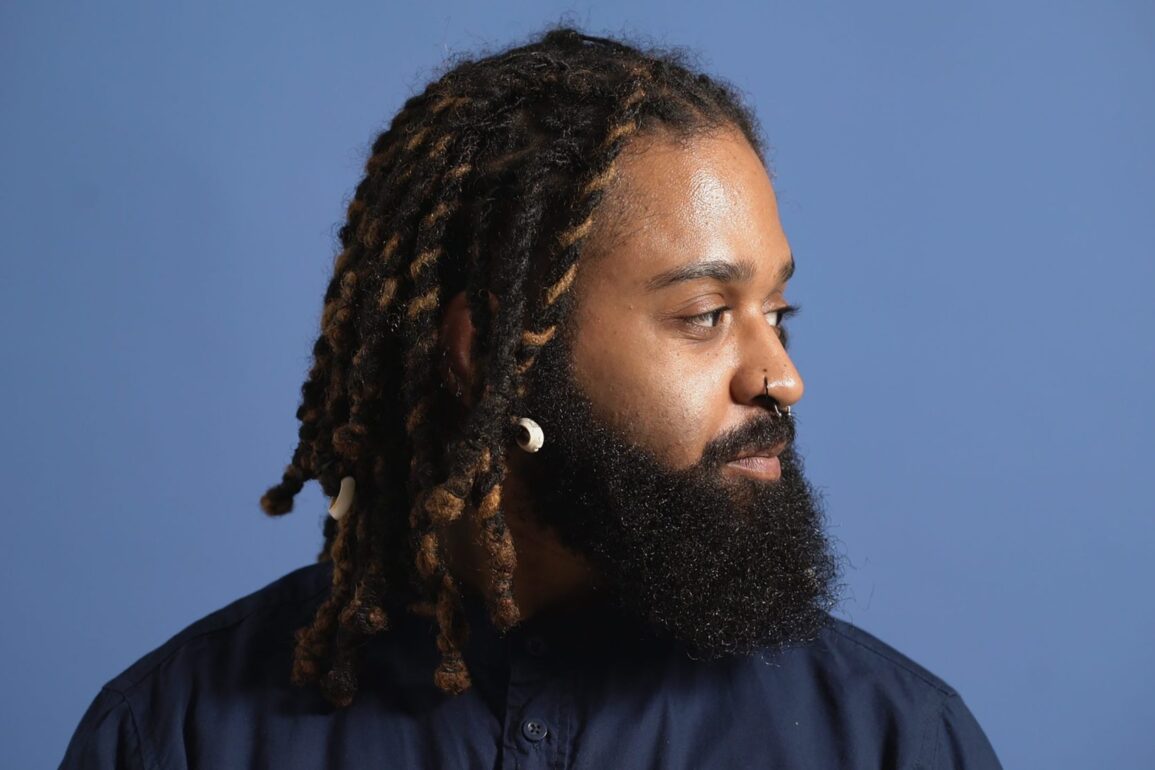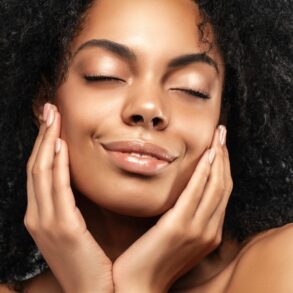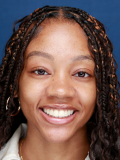Nine letters. Two words. And a history like no other.
Black hair is more than just strands of keratin. The afros, locs, braids, twists, and Bantu knots are a cultural archive, a political statement, and a source of culture and pride. Black hair is time spent in community at barber shops and hair salons, and with family in grandma’s kitchen as relatives talk while getting their braids taken down.
But for centuries, Black hair has also been a target — discriminated against in classrooms, policed as unprofessional in the office, condemned in the military and sometimes even in the mirror. The message to Black people, and women in particular, has always been clear.
Your hair is a problem.
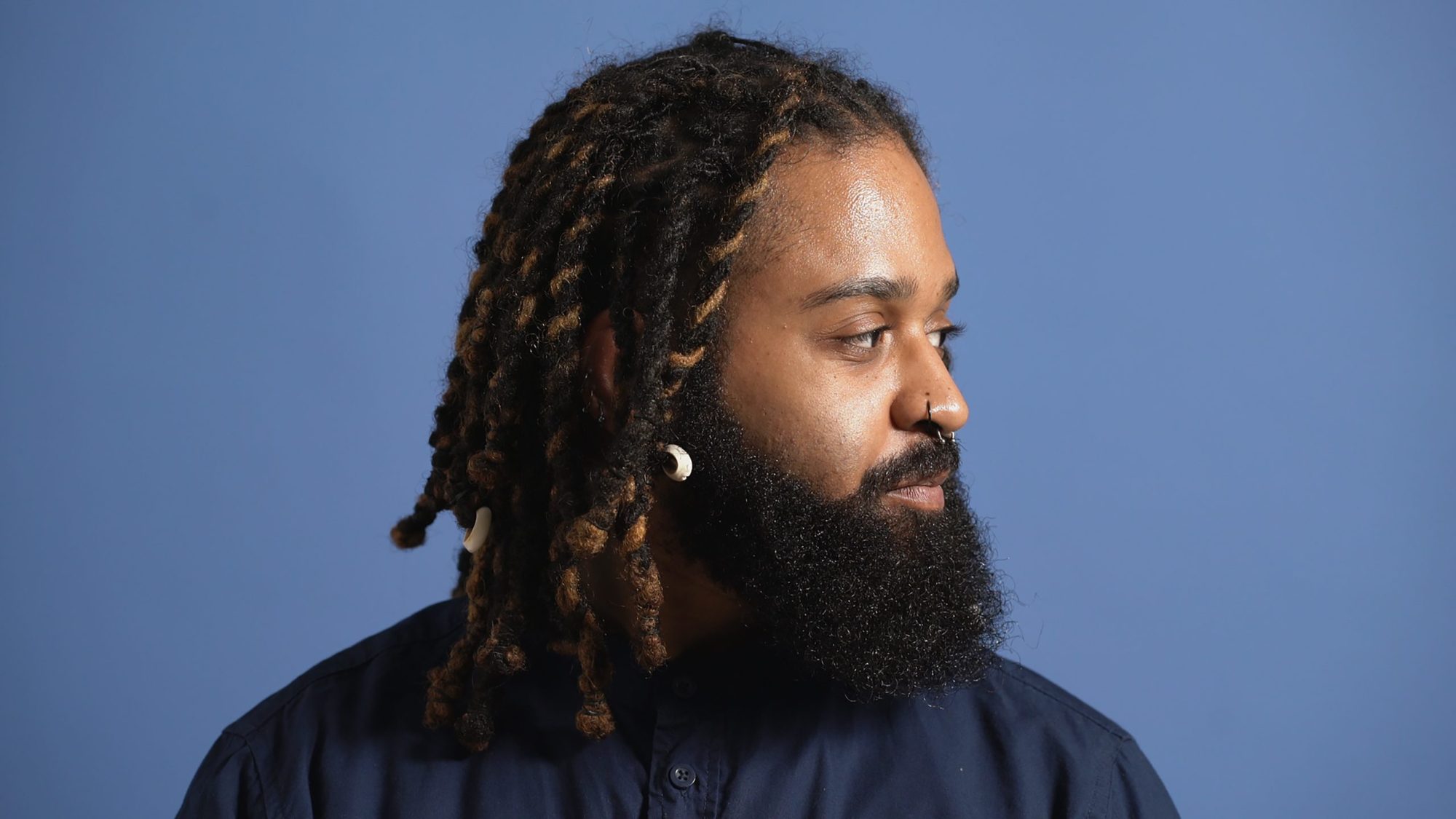
The stories are everywhere: Texas high school student Darryl George suspended for his locs Fort Worth resident Kerion Washington denied a summer job at Six Flags due to his dreadlocks. Louisiana woman Imani Jackson fired from her job for wearing her natural hair.
“Our hair is often misunderstood and stressed, forced to do things that go against its nature, like withstanding extreme heat, harsh chemicals, rubbing stocking caps and glue, toxic laden synthetic hair, and wigs to conform with Eurocentric beauty standards and fashion trends,” says Dr. Afiya Mbilishaka, a clinical psychologist and hairstylist who researches the intersection of Black hair and mental health.
But trying to conform to Western beauty standards — soft, straightened, perhaps lightly kissed by the curling iron — can be hazardous to your health.
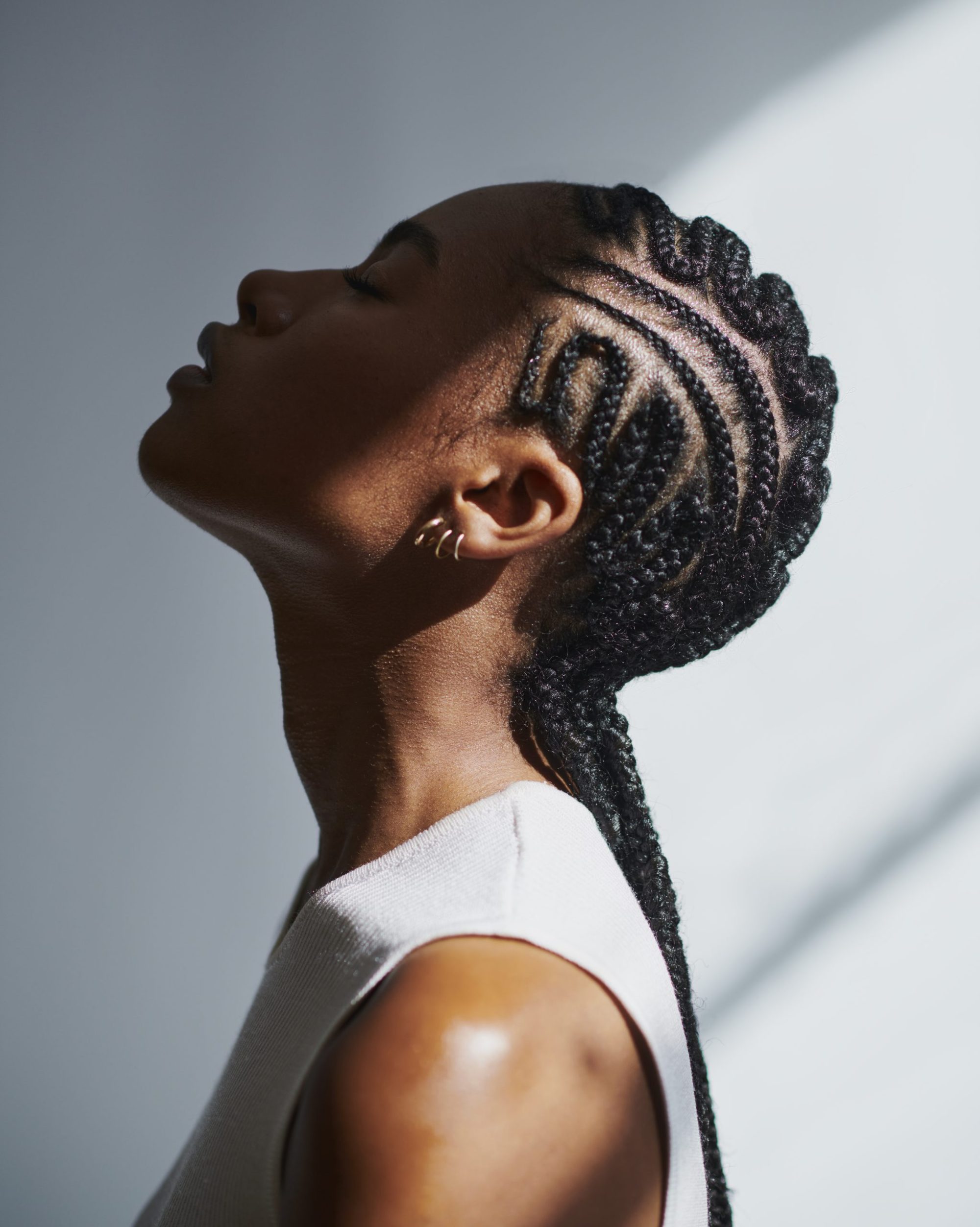
Last month, an Environmental Working Group analysis found that, out of some 4,000 hair and beauty products marketed to Black women, 80% of them “contain at least one moderately hazardous ingredient – and most contain multiple.” That includes hair-care products with chemicals that elevate the risk of cancer.
That’s why Dr. Raven Baxter, a scientist and social media influencer known as Raven the Science Maven, officially declared a truce with her hair — by cutting all of it off.
“I have fully divested from the long hair industrial complex,” she said in a recent Instagram post. Black women, she said, at war with their hair, “and it’s a war we didn’t even start. And I am no longer gonna fight in that war. It’s causing me unnecessary stress.”
The CROWN of Black Hair
In recent years, there are signs that society is taking the conflict seriously. In 2019, California became the first state to pass the CROWN — Creating a Respectful and Open World for Natural Hair — Act. Former California State Senator Holly J. Mitchell, a Democrat and a Black woman, authored the bill in part after reports of Black women being fired or disciplined in the workplace because of their hairstyle.
As of April 2025, 27 states have passed the CROWN Act into law.
Tuskegee University student Haileigh Trainer, 21, says the law shouldn’t be necessary, but had to happen “because of the discrimination we face. I think Black hair is policed not just in school but in the workplace.”
The data tells the story: According to the CROWN 2023 Workplace Research Study, about 20% of Black women aged 25 to 34 reported being sent home from work because of their hair. Black hair is 2.5 times more likely to be perceived as unprofessional and more than half of Black women say they believe they have to wear their hair straight for a successful job interview.
Angel Mayfield, 20, a Florida A&M University student, says she is one of them, although she has contemplated whether to wear a natural style. What stops her, she says, are the stereotypes often associated with natural Black hair.
“We always have to think of ways to make ourselves look acceptable or professional,” she says. “I don’t think that’s right.”
For most of her life, Mayfield says, her hair was chemically straightened; she can’t remember the first time her parents put a relaxer in her hair. When she got old enough to make her own choices, Mayfield was the first in her family to stop straightening her hair. It was more than just prioritizing her hair health. It was, she says, about reclaiming her power.
Centuries of Discrimination
Before the newly enslaved were shipped to America, the first act of the enslaver often was to cut off their hair — an act of dominance, control and dehumanization.
“The shaved head was the first step the Europeans took to erase the slave’s culture and alter the relationship between the African and his or her hair,” authors Ayana D. Byrd and Lori L. Tharps wrote in the book “Hair Story,” which documents the Black hair experience in America. Without their distinctive tribal hairstyles, they wrote, “Mandingos, Fulanis, Ibos, and Ashantis entered the New World, just as the Europeans intended, like anonymous chattel.”
White enslavers ridiculed Black features, forced Black women to adopt white beauty standards and created a social hierarchy, elevating those with lighter skin and straighter hair. Natural Black hair — from tightly coiled, cottony, and coarse to loosely curled and finely textured — was condemned as dirty, rough, and unkempt.
“Well may we scoff at black skins and woolly heads, since every model set before us for admiration, has a pallid face and flaxen head,” writer William J. Wilson wrote in 1853 in “Frederick Douglass’ Paper. By the 1770s, the term “good hair” emerged to become an enduring part of the Black beauty lexicon: the closer Black hair came to white hair texture, the better it was assumed to be.
That standard made millionaires of C.J. Walker, a Richmond beautician. In the 1920s, Walker patented methods of straightening out Black kinks and coils. Over time, chemical relaxers became another tool to give Black folks that sleek Eurocentric look, a standard that dominated Black beauty culture for generations.
During the Black Power movement of the 1960s and ‘70s, Black Americans embraced their textured hair by wearing an Afro as a sign of resistance and pride. Later in the 1990s, box braids became popular; in the early 2000s with the rise of blogs and YouTube, the natural hair movement took off.
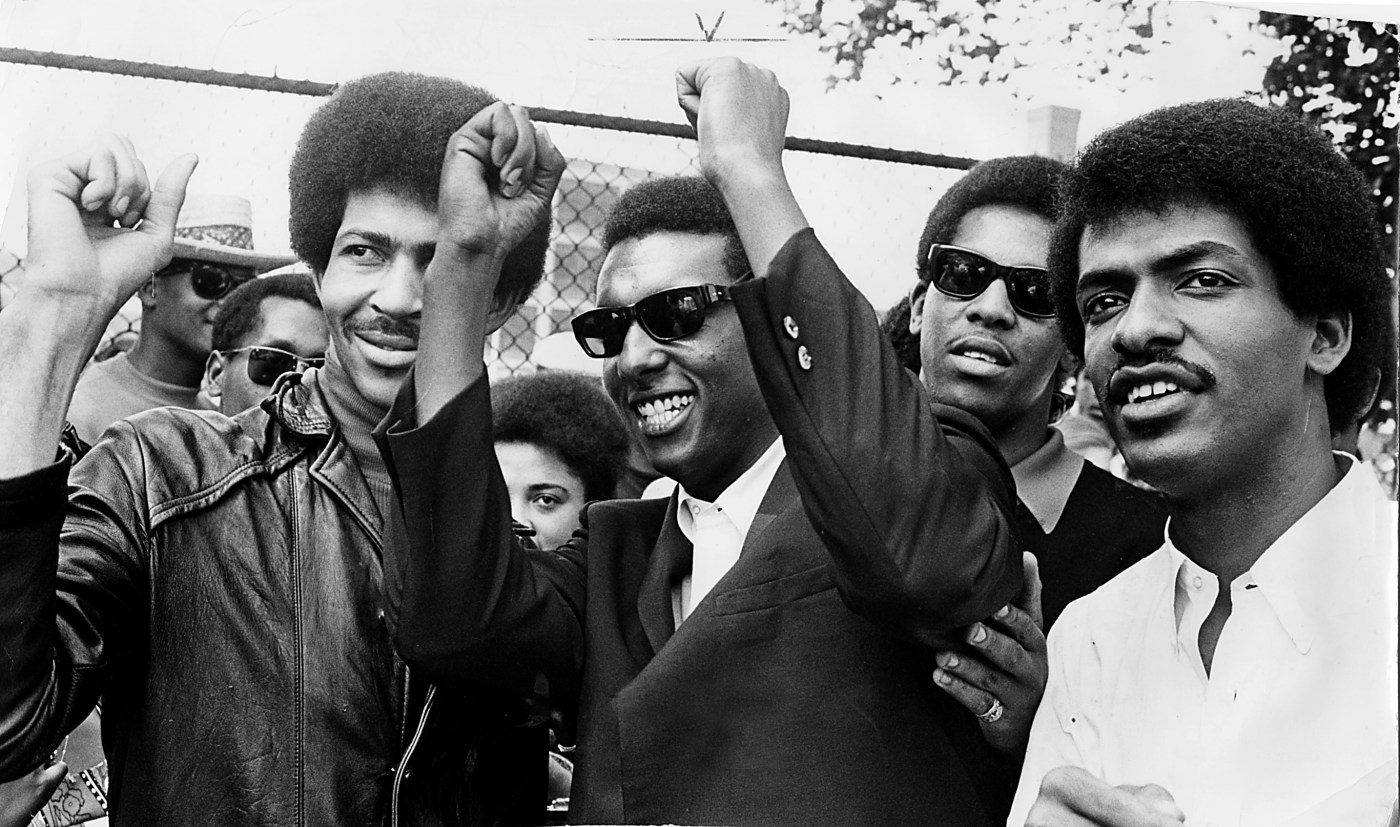
Trainer, the Tuskegee University student, says she has a love-hate relationship with her hair. Growing up, she got her hair pressed for special occasions and holidays, a ritual she didn’t enjoy.
“The hot comb was on the stove, the grease was out, and the towel was there. It was dreadful,” she says. “I felt like I had to always straighten my hair. It could never be in its natural state.”
Going Natural
Trainer says her confidence in her natural hair developed in high school, after she transferred from a predominantly white school to a school with more Black students. The experience was liberating: her hair went from being a curiosity to a nonissue. “Now I feel very empowered by my hair,” she says. “I think my hair just adds a little razzle-dazzle to who I am.”
Mayfield, the Florida A&M student, calls her experience a self-love journey: “I’m reclaiming my own identity and reclaiming what’s mine.” Sometimes, she says, it isn’t easy. Still, “I love myself more for being able to stand up for myself, stand up for my hair, and stand up for what I believe in.”
“Dealing with our type of hair takes hours. It takes a village,” Mayfield says. “But I think being a Black woman that embraces her Black hair, it makes me capable to combat anything in the world. If I’m able to deal with my curls and kinks, I’m able to do everything else.”
Get Word In Black directly in your inbox. Subscribe today.
This post was originally published on this site be sure to check out more of their content.




